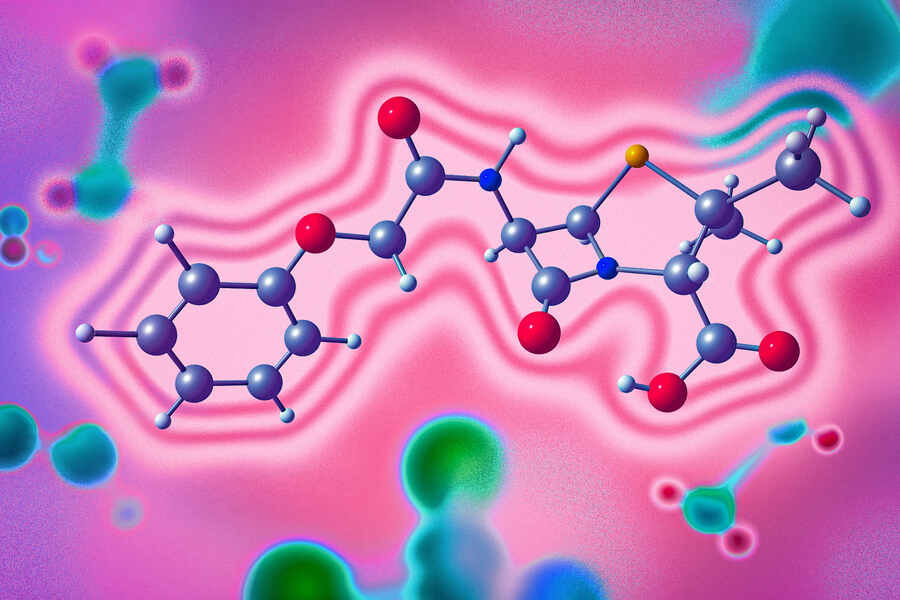THE LATEST
MIT scientists model challenging chemical synthesis

In a groundbreaking study, researchers from the Massachusetts Institute of Technology (MIT) have revealed a pioneering approach to driving chemical reactions. This approach could pave the way for the development of compounds with unique pharmaceutical properties.
The focus of the study lies in the synthesis of compounds known as azetidines, which are distinguished by their four-membered rings containing nitrogen. While these structures boast desirable pharmaceutical properties, they have historically presented a formidable challenge to synthesize compared to the more prevalent five-membered nitrogen-containing rings found in numerous FDA-approved drugs.
The key innovation lies in a light-driven reaction that combines two precursors—an alkene and an oxime—facilitated by a photocatalyst that absorbs light energy to initiate the reaction. What sets this research apart is the integration of computational modeling to predict the compatibility of different reactants, streamlining the synthesis process and increasing the success rate.
Dr. Heather Kulik, an associate professor of chemistry and chemical engineering at MIT, expressed optimism about the new approach, emphasizing its potential to revolutionize drug development. “Rather than resorting to trial and error, scientists can now pre-screen compounds and determine beforehand which substrates are conducive to the formation of azetidines through this form of catalysis,” she explained.
Employing density functional theory to calculate the orbital energies of electrons within molecules, researchers were able to identify specific substrates whose close energy levels under light excitation facilitate successful reactions. This computational approach not only accelerates the prediction process but also enables the design of pharmaceutical compounds with unprecedented precision and efficiency.
By integrating cutting-edge techniques in quantum mechanics and chemical modeling, the team has expanded the realm of feasible substrates for azetidine synthesis, revealing a broader spectrum of compounds amenable to this innovative method.
The study’s experimental validation involved testing 18 predicted reactions, with the majority aligning with the computational forecasts. Among the synthesized compounds were derivatives of FDA-approved drugs such as amoxapine and indomethacin, underscoring the method’s potential for drug discovery and development.
Looking ahead, Dr. Kulik is committed to further advancing this computational approach, extending its applications to novel syntheses including compounds with three-membered rings. Beyond its implications for drug synthesis, the research holds promise for the broader field of chemical engineering, offering a new paradigm for predicting and optimizing complex reactions through computational modeling.
The successful integration of computational modeling into the realm of chemical synthesis represents a significant step forward in the quest for innovative drug compounds and underscores the transformative power of interdisciplinary collaboration in scientific research.
